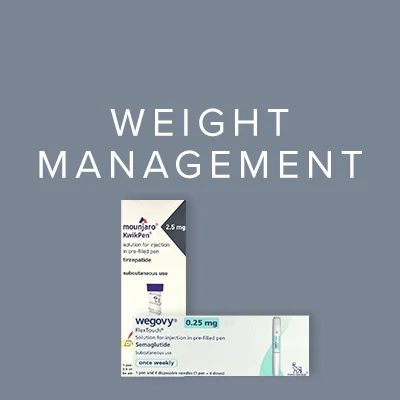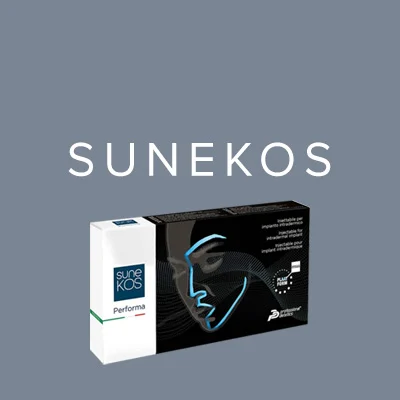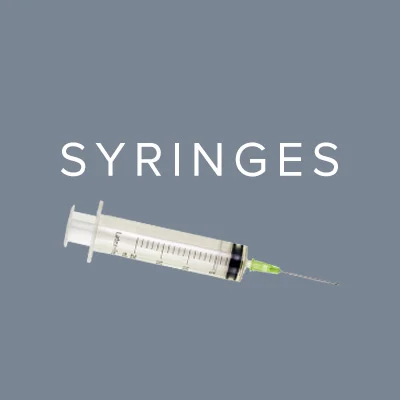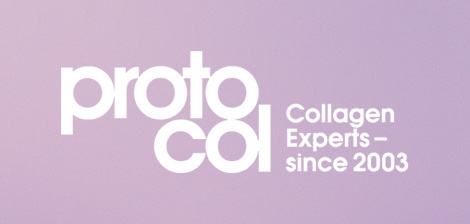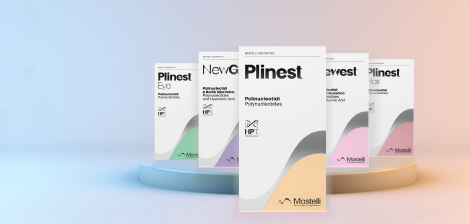Beneath the Skin with Profhilo
There are cosmetic treatments that come and go, and then there is Profhilo; the treatment that singlehandedly boosted the industry with an in-between cushioning approach to lifting and firming. And it’s firmly staying here for a while.
When IBSA first launched Profhilo, a reconditioning, age-defying skin treatment, in 2015 it was something completely new. Was it Botox? No. Filler? Not as we know it. Mesotherapy? Much deeper, and much more. And that’s why it garnered so much attention. For the Botox adverse, suddenly they could firm and smooth their faces in the clinic. For those fearful of filler, it would lift and bounce the structure of the face beautifully without the stigma. For anyone else, it was a brilliant in-between treatment that would turn the focus to skin quality and boost the effects of their aesthetic treatments - and possibly prolong the results.
So, what was Profhilo? An injectable anti-ageing treatment made up of the highest concentrations of hyaluronic acid on the market, which would deliver skin-plumping right to the source. Sounds like filler, right?
Wrong. The difference with Profhilo is that it is an intensely moisturising skin booster and not a restructuring procedure. Where filler is administered to specific areas to shapeshift, Profhilo was a far runnier consistency of hyaluronic acid, developed to add an ultra-quench to add lift, bounce and glow.
Where fillers are chemically bonded, Profhilo is thermally bonded, so that it can flow and spread beneath the skin, 3mm below the surface to be exact. Its patented NAHYCO technology also meant the liquid would both attract moisture and act as a moisturer, while also encouraging neocollagenesis, ergo the stimulation of elastin and collagen. Which means a lovely long-term effect, of up to around six months. Plus, so easily accepted and administered, it worked beyond the face, its gently plumping and tightening effects adaptable for wherever there is skin laxity: on the hands, knees and décolleté.
What can your client expect? With the help of anaesthetic cream, ten quick jabs of around 3mm deep, which won’t cause tissue damage or any long-term damage (though redness and bruising can occur). The needles won’t go as deep as filler, but they can nip, so many clinicians will offer a stress ball to distract the patient – it works. Another upside is that there is minimal downtime or side effects, hyaluronic acid so well metabolised by the body. Sensitive types may get some mild bee-sting bumps, while bruises and swelling are unusual and will fade in a few days if they do occur. Results traditionally start to show themselves five days later but start to peak around 8 weeks after a second treatment (with one month between treatments).
Simple to administer and appreciate, the appeal of Profhilo has given the cosmetic industry as much bounce as it has on our faces. But where there is intrigue, there are questions (be prepared to show before-and-afters to newcomers of this relatively new ‘in-between’ booking). Profhilo’s very nature makes it far less of a leap of faith for the risk-averse, and in fact, far less of a leap of faith than skincare - if a client spends time, effort and cash on a hydrating pot of cream, it’s likely they will spend on Profhilo too. Stock up, you have been warned.
